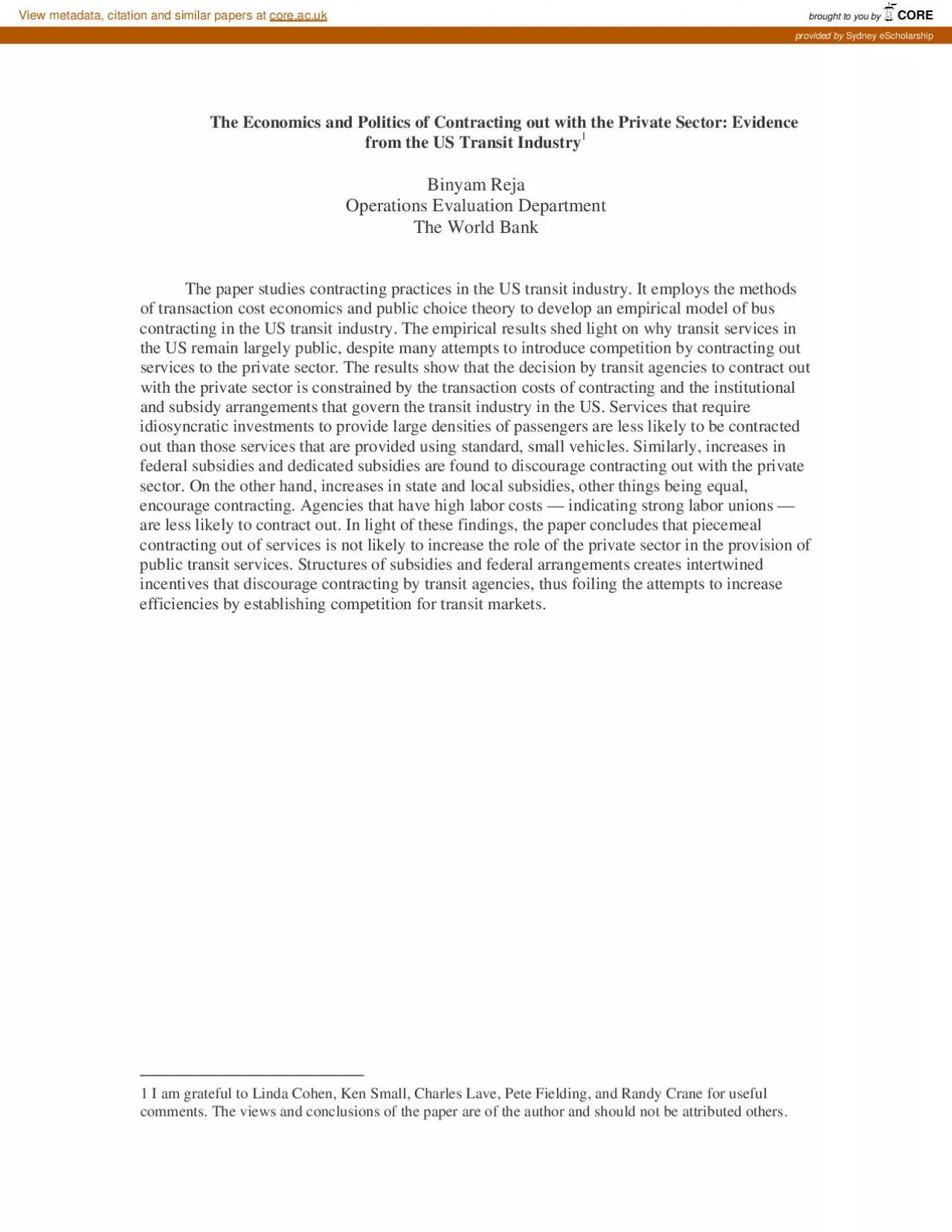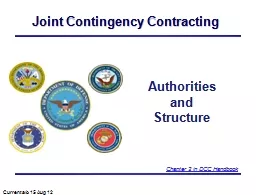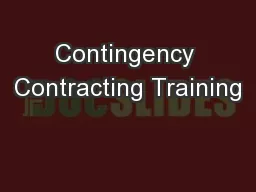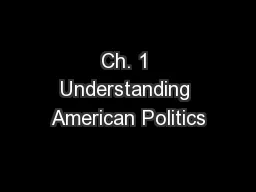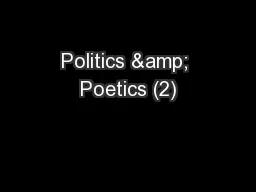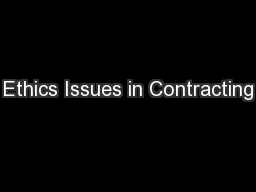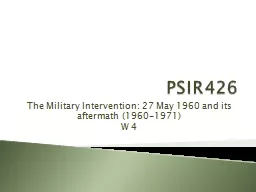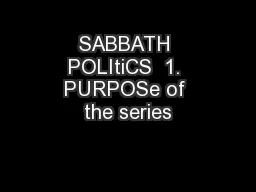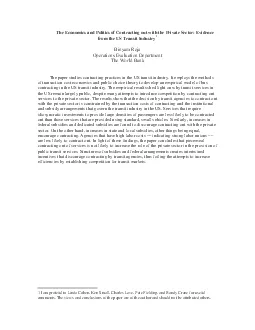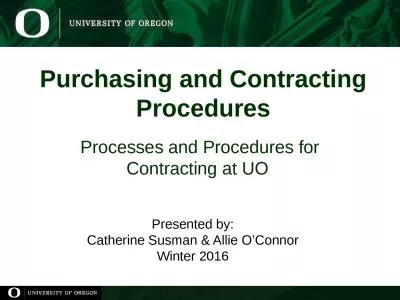PDF-The Economics and Politics of Contracting out with the Private Sector
Author : adia | Published Date : 2021-08-20
brought to you by COREView metadata citation and similar papers at coreacukprovided by Sydney eScholarship 2 1 Introduction ince the 1950s the US transit industry
Presentation Embed Code
Download Presentation
Download Presentation The PPT/PDF document "The Economics and Politics of Contractin..." is the property of its rightful owner. Permission is granted to download and print the materials on this website for personal, non-commercial use only, and to display it on your personal computer provided you do not modify the materials and that you retain all copyright notices contained in the materials. By downloading content from our website, you accept the terms of this agreement.
The Economics and Politics of Contracting out with the Private Sector: Transcript
Download Rules Of Document
"The Economics and Politics of Contracting out with the Private Sector"The content belongs to its owner. You may download and print it for personal use, without modification, and keep all copyright notices. By downloading, you agree to these terms.
Related Documents

